The Blue Road
Written by Wayde Compton
Illustrated by April Dela Noche Milne
Arsenal Pulp Press
It is always worth reminding people that the concept of national borders — just like economics, religion, and fashion — is a man-made concept. They are only treated like a universal truth because ordinary humans — the ones who make up the bulk of the population of the planet — have agreed to support the illusion, which certainly favors those who wish to maintain power and wealth.
What has always surprised me is not that people support borders and are against people from other countries sneaking into the country, but the fervor with which they express this opinion. People get so worked up you swear their heads are going to spontaneously combust.
At the same time, while deriding undocumented immigrants — and sometimes documented ones — they explain that it’s nothing personal, it’s not about hate, it’s just the law. You will notice those who launch these caveats never express any empathy for the immigrant’s situation, nor any desire to help figure out an agreeable way for the immigrant to overcome their hardships. Those who rail against immigration don’t actually care about any of that. All they know is that their citizenship gives them self-worth — at least, they have allowed themselves to believe this — and they are threatened that the source of their self-worth should be allowed so easily to anyone else.
It’s this attitude that The Blue Road directly tries to address. Subtitled “a fable of migration,” it doesn’t outwardly mention “illegal” immigration, and it doesn’t straightforwardly portray prejudice as a form of attack, as an aspect of racism. That might seem the opposite of creative choices meant to get a powerful political message across, but in The Blue Road, these are the right choices, and they make the book more powerful and effective in context of its intended younger audience.
Lacuna is a young girl who lives in a swamp that is made of ink, but is forced to leave by a will-o-wisp that claims the swamp as its own and refuses to share it. Lacuna is given a choice of direction she can head to leave the swamp behind. She choose north, in search of a famed kingdom where she might find others like her.
There’s little danger on her journey, but there are plenty of obstacles that cause stress and regret for Lacuna. Judgments made in order to help people turn out to be unexpectedly harmful. People filled with good will but simply following orders prevent her from reaching her goal and put her in the position of underhandedness to achieve it. And when she eventually finds the kingdom, she is faced with further obstacles designed to hold back a segment of the population there, and which she will need to exhibit ingenuity to overcome.
What The Blue Road lays out is a system of obstruction designed to create harsh circumstances for people migrating to the kingdom, setting them apart from regular citizens once they are there and constricting any opportunity to make a life for themselves. In context of the story, these are not obstructions that the people born to the kingdom notice. Rather, they just perceive the results of the obstructions, manifested in the lives of the immigrants to the kingdom.
In this way, The Blue Road puts into symbolic terms what challenges immigrants face in our world, including the prejudices and blockades that might go unseen to citizens of any country. It’s a valuable understanding that The Blue Road is building with this portrayal.
Rather than wrapping the issues within the toxic real-world terms of nationalism, the issues are drawn out in their own terms and conclusions can be drawn without the typical pressures that people might feel in regard to hot issues like immigration. With a tone that recalls classic fantasy stories, and some clever choices in symbolism, The Blue Road seems like a must-read for younger people as well as adults, with the understanding that a conversation might be crucial to achieving the full effect.


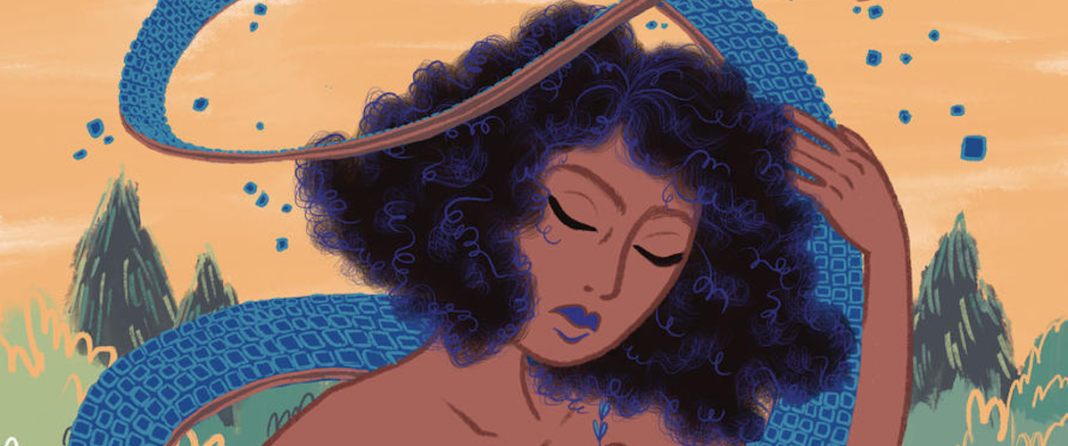
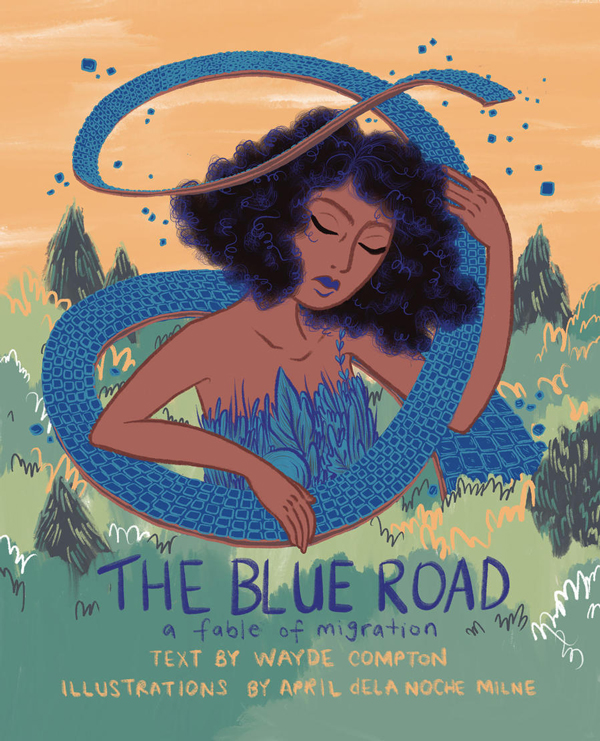
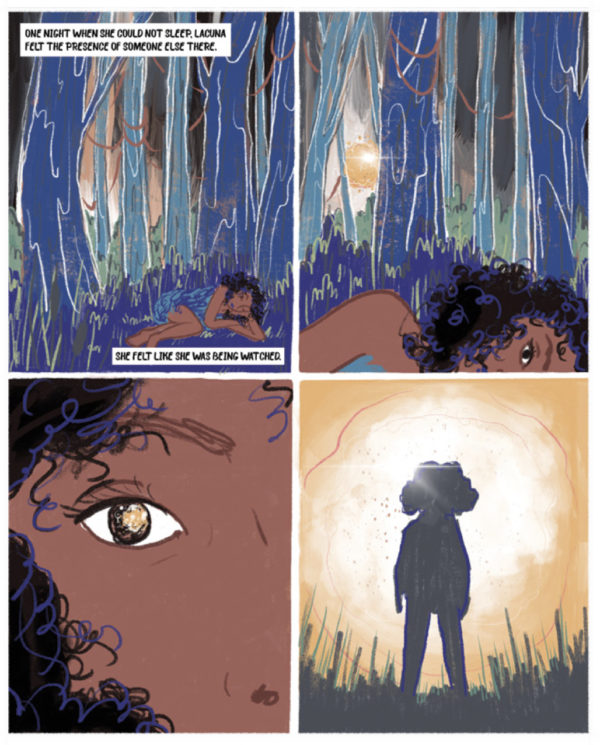
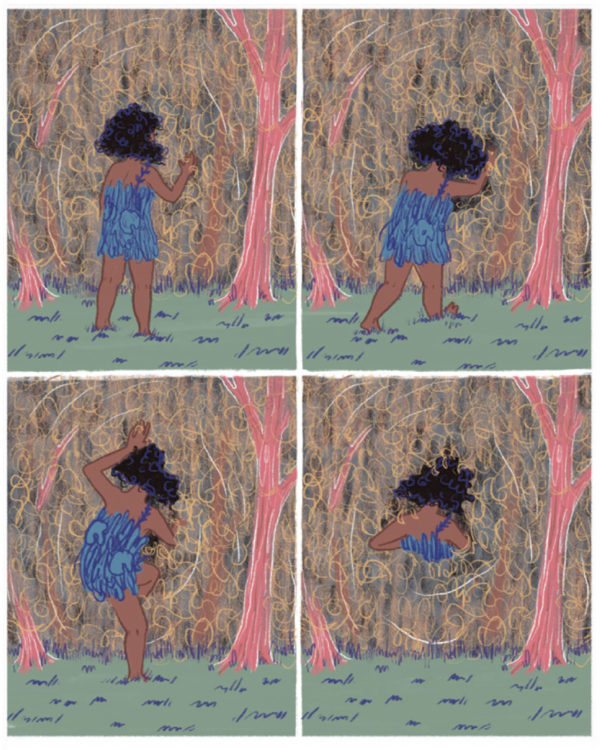

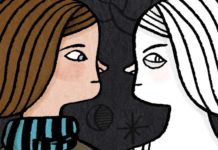
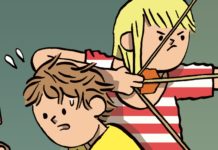


Comments are closed.